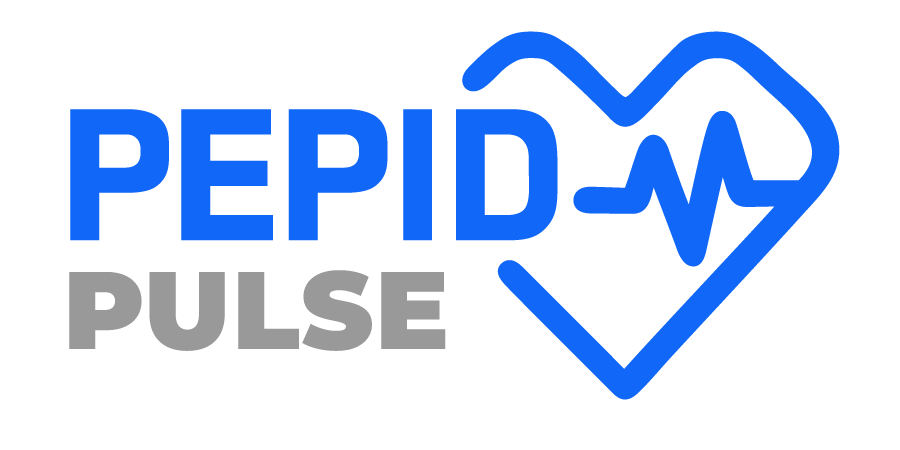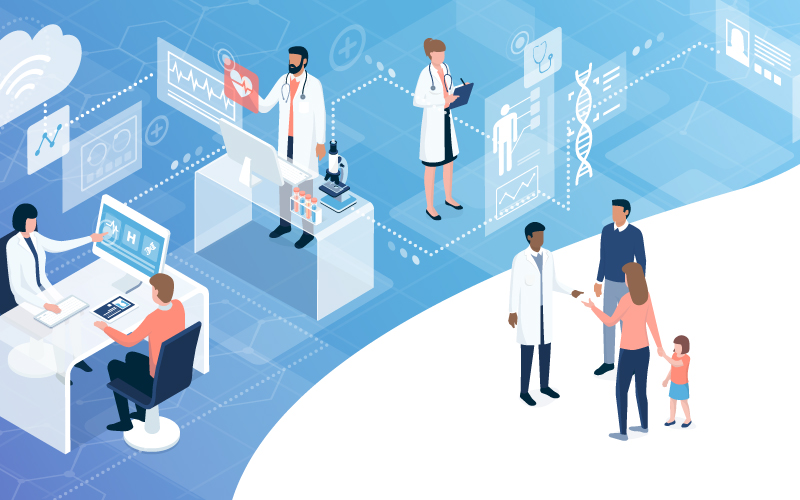Long Wait Times May Lose You Patients
A patient wait time survey that drew responses from 329 patients and 1,231 physicians can help present the current state of waiting rooms across America before COVID-19:
- Patient wait times in US pharmacies, emergency rooms, and clinic visits average about twenty minutes.
- More than half of physicians surveyed say patients experience wait times longer than 20 minutes ‘often,’
- 61 percent of physicians have heard negative feedback from their patients regarding wait times.
- Over half the physicians surveyed think wait time has no impact on their practice.
- More than a quarter of patients surveyed reported changing doctors because of wait time frustrations.
- Nearly half of patients surveyed look for wait-times in reviews as part of their decision-making process in deciding whether to choose a new provider or not.
Patients Don’t Need More Patience
Inefficient patient flow boils down to five main drivers: patient arrival times, unexpected patient issues, technical difficulties, staffing challenges, and a small percentage categorized as other. “Sixty-four percent of doctors cited patient arrival times… and sixty-one percent cited unexpected patient issues…” Long patient wait times impact the bottom line for institutions, and physician-owned practices. Ryu and Lee emphasize that for larger institutions “…each 5-to-8-day reduction in waiting time would lead to a $1-million-to-$2-million reduction in costs — or in revenue, depending on one’s perspective.” Not to mention more than a quarter of patients admitted to changing doctors because of frustrating wait times. Overall, the financial impact of low patient satisfaction and inefficient patient flow can be staggering. According to Hughes, “…a practice with just four missed appointments per day loses an estimated $144,000 per year”.
Technology Keeps Queues Moving
Luckily, there are many health IT solutions that significantly reduce or eliminate patient wait times. Innovative solutions have been designed to speed up the patient check-in process with self-serve kiosks, virtual check-ins and texting alerts. Other tech companies have developed medication monitoring to streamline medication monitoring for patients with mental health issues.
Major health systems have already began adopting tech solutions to speed wait times (pre-COVID). Geisinger, Kaiser Permanente, and Group Health are a few early-adopters leading the industry by leveraging secure messaging platforms, telephone visits, and telemedicine visits to provide more timely, efficient, and convenient care. Since the onset of COVID-19 and mandated social distancing measures, healthcare providers have begun adopting telehealth platforms whether they are ready or not to continue providing care during the quarantine.
Digitizing the Waiting Room
For hospitals, Q-Nomy offers an innovative solution to improve efficiency during patient check-in: a self-service kiosk. In 2009 LA’s Center For Orthopaedics successfully digitally integrated the whole patient experience (scheduling appointments, check-in, test results, patient education, etc) by implementing Q-Nomy software as their innovative reception system. Their tech-receptionist is a self-service kiosk that allows patients to visually identify what ails them, provides information, and captures their consent signatures. “We want to reduce time spent in the waiting room, increase the quality of time spent with the physician, and refine the level of personal customer care with the benefits of modern technology…” This type of self-service tech can streamline and speed-up the initial data collection related to patient care.
Online Check-in for Improved Patient Satisfaction
Adapting tech from other industries to the healthcare sector has introduced the virtual check-in to better manage the wait time and reduce patient frustration using a queue management platform called QLess. With QLess patients can get in line virtually from a clinic’s web site or mobile app, then wait for their turn from the place of their choosing. QLess texts the patient 15 minutes before of their actual appointment, allowing them to arrive just in time to complete a short intake process, provide insurance information, and effieciently see a provider. A case study of a Nevada-based urgent care adapted this virtual check-in process and improved patient patient satisfaction scores by twenty percent within only a few weeks.
Streamlined Medication Surveillance
Finally, medication adherence and patient activity data can now be communicated directly from ingestion to app with ingestible sensors. Otsuka’s Abilify MYCITE bioingestible sensors was FDA approved in 2017 for the treatment of schizophrenia, acute treatment of manic and mixed episodes associated with bipolar I disorder and for use as an add-on treatment for depression in adults. The ingestible sensor embedded in the pills records that the medication was taken, and sends a message from the pill’s sensor to a wearable patch which transmits the information to a mobile application so that patients and, upon permission, the caregiver and physician, can track the ingestion of the medication. It also collects data on activity level, and self-reported rest and mood. This type of tech streamlines medication monitoring and improves communication efficiency, and in conjunction patient treatment time supporting better time management for providers.
The Bottom Line
When doctors aren’t hurried and patients haven’t been made to wait excessively, more time can be dedicated to counseling. Better counseling leads to better patient outcomes, and higher satisfaction scores. PEPID can enrich limited patient encounters and expedite clinician workflow by equipping any desktop or mobile point-of-care with a comprehensive clinical reference and wide range of modules. Reinforce counseling and support caregivers with PEPID for Patients – a complete database of ready-to-print handouts covering information on lab results, procedures, chronic health conditions, and critical information on 1,200 common medications.
Written by Anna Tan
References
Aungst, Timothy. “Virtually Observed Therapy may Track Medication Adherence. Pharmacy Times. 09, May 2018, https://www.pharmacytimes.com/contributor/timothy-aungst-pharmd/2018/05/virtually-observed-therapy-may-track-medication-adherence/
Callis, Kannon. “Reducing Patient Waiting Times: How Patient Wait Times Affect Your Bottom Line.” Qless. 07, May 2018, http://info.qless.com/blog/reducing-patient-waiting-times-br-/how-patient-wait-times-affect-your-bottom-line
Hedges, Lisa. (2018). “Practices Must Reduce Patient Wait Times-Here’s How.” 2018, Software Advice. https://www.softwareadvice.com/resources/reducing-patient-wait-times/
“About PEPID / The All-in-One Clinical Decision Support Tool [Video file].” PEPID. 2018, https://www.youtube.com/embed/JC7S07_EQvA?autoplay=1&rel=0&vq=large
“Urgent Care Takes the Wait Out of the Waiting Room.” QLess. 2018, https://www.qless.com/case-study-urgent-care
“Case study – Center for orthopaedics.” Q-Nomy. 2018, https://www.qnomy.com/cs-cfo
Ryu, Jaewon, and Thomas H. Lee. (2017, June). “The Waiting Game – Why Providers May Fail to Reduce Wait Times.” The New England Journal of Medicine,(376), 2309-2311. doi:10.1056/NEJMp1704478. https://www.nejm.org/doi/full/10.1056/NEJMp1704478

